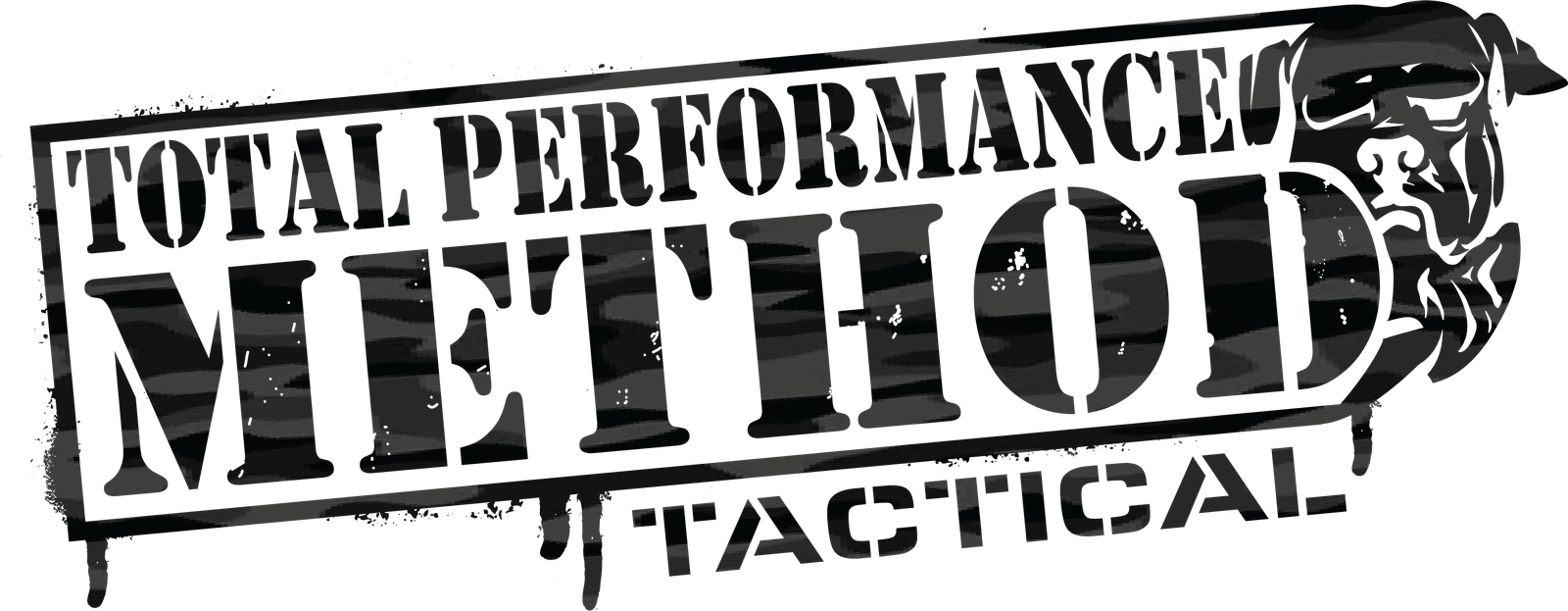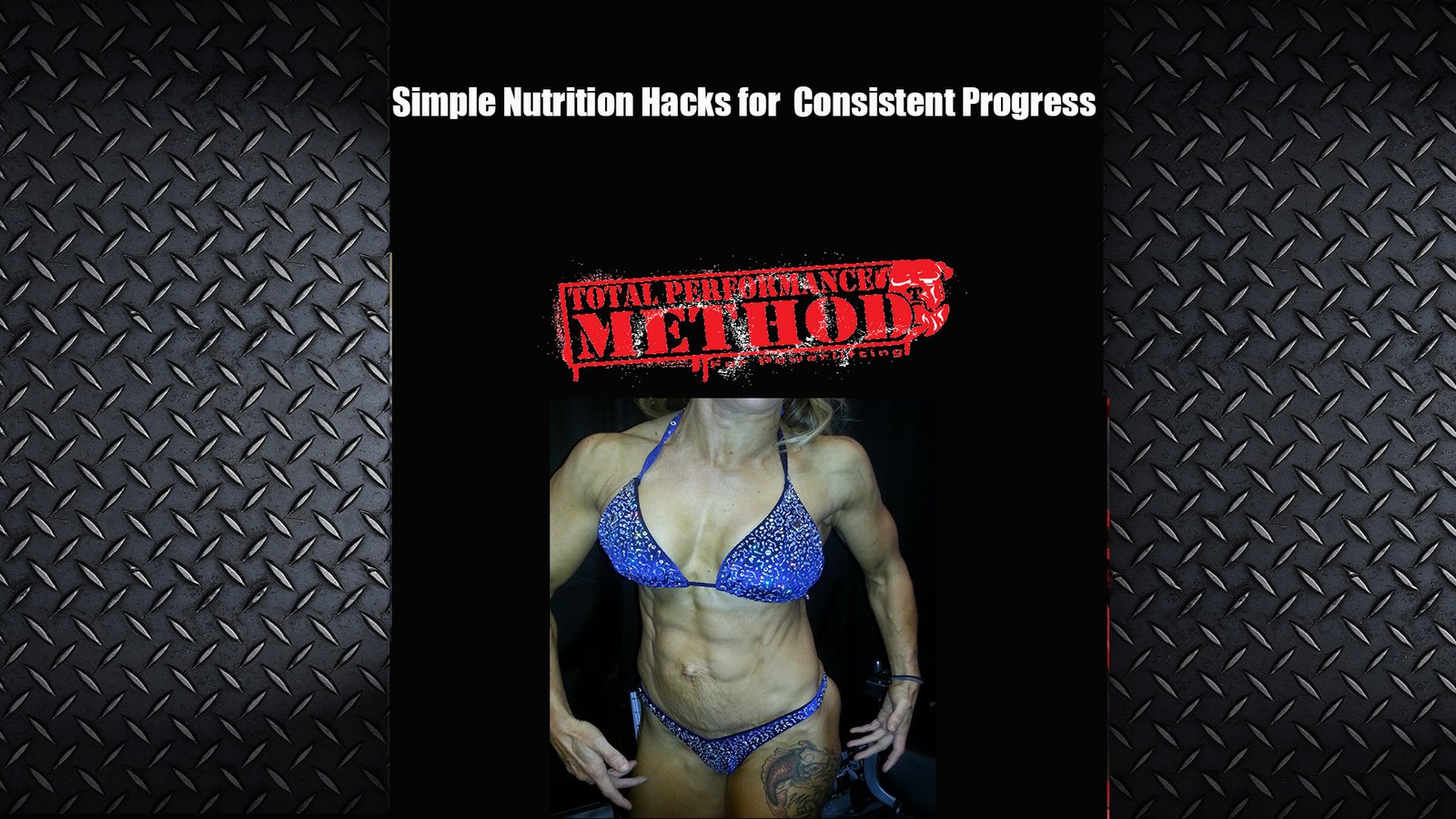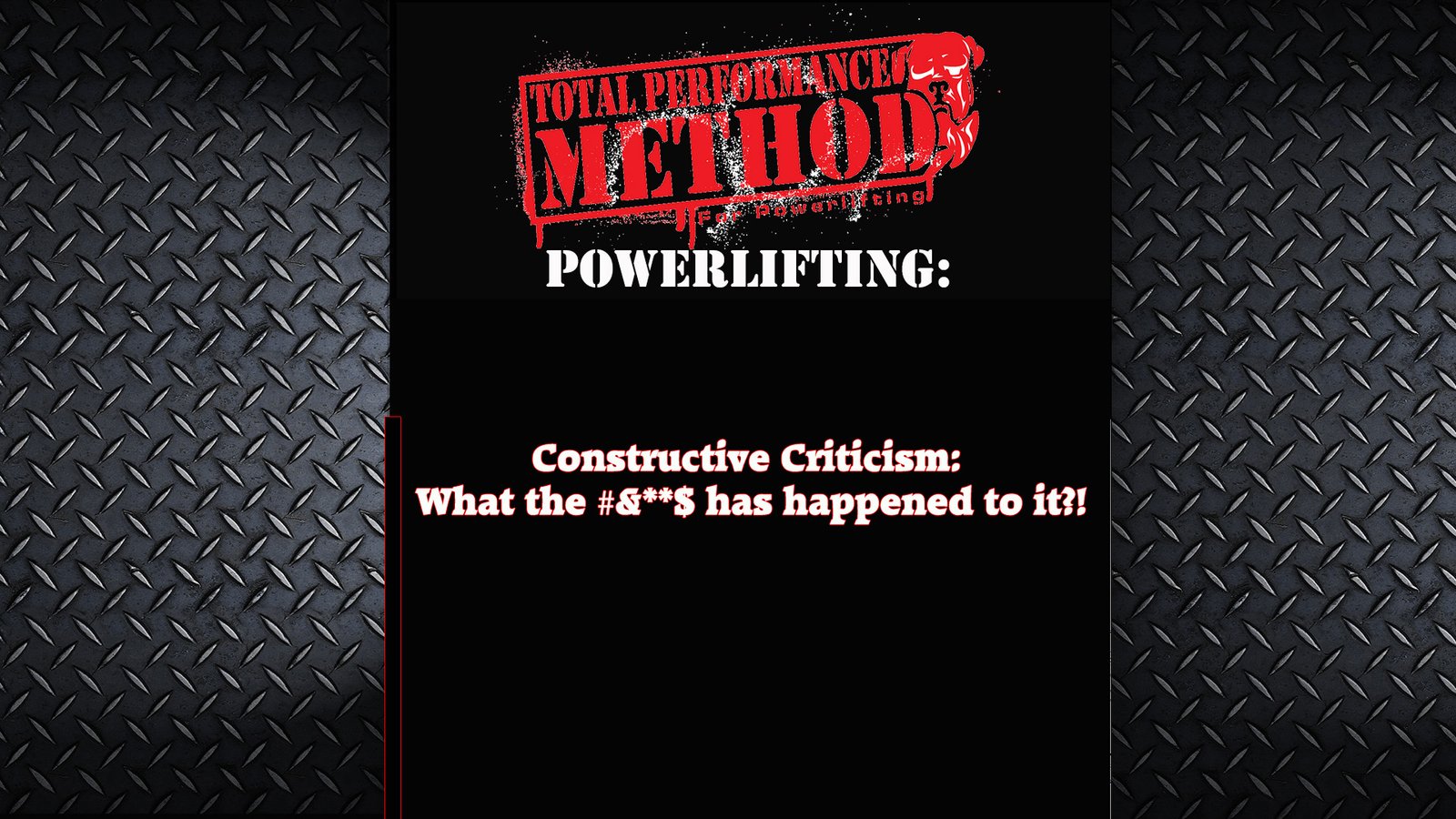By C.J. Murphy, MFS For www.EliteFTS.com
“Sports Specific” is a term that you always hear and seems to be the catch phrase amongst all coaches. If you aren’t sport specific, you are wrong. But what is it? Is it inventing exercises to do that mimic the athlete’s sport? Or is it using ridiculous contraptions that resemble a hockey stick or tennis racket with rubber bands attached to them?
Well, sadly, this can be found in today’s commercial gyms. Go to any commercial gym and look at who is training some of our athletes and see what they are doing. It amazes me to see what people will pay some buffoon for ‘professional services’.
Team Darkside discusses topics like this all the time and we seem to agree that the job of a strength and conditioning coach is two fold:
(1) to make your athlete stronger and
(2) to get them in proper condition for their sport.
It sounds simple but it goes over the head of so many people. Nowhere did you see in the above job description to have an athlete stand on a stability ball while doing one-legged squats while swinging a tennis racket that is anchored to a doorway with a piece of rubber tubing!
So if we only focus on the simple (get strong, get into shape), what can we expect?
Getting stronger will do several things. It will make you more resistant to injury, it will give you the ability to develop more force that can be used as your sport requires, and it can make you faster when trained appropriately.
Getting in shape will do one major thing for you – it will allow you to finish the game and if you did your job in the gym, you’ll win!
Here is where many people miss the boat so I’m going to explain it in English (which should be the official language of this country but I have to press #6 to get it on the phone) not Guru Techno Speak. Anyone who has read articles by me in the past has probably heard this: You need to train the correct energy pathway. If some of you are saying to yourselves “What is he talking about?” STOP training athletes NOW until you understand – because you are who I am writing this about and for!
We use three energy pathways when living, training and competing. They are ATP/CP, Glycolitic and Oxidative. I’ll explain.
ATP/CP: ATP is Adenisone Tri Phosphate and CP is Creatine Phosphate. This is the first fuel used for muscle contractions and is used primarily in explosive movements. ATP/CP runs out, in the average person, in a little over a second and a half. ATP/CP will be regenerated by the body during rest where it can begin to be restored in as little as 30 seconds.
Glycolitic: The Glycolitic energy pathway picks up where ATP/CP leaves off. It’s time frame is activities lasting roughly 2 minutes to 20 minutes. This energy system is fueled by glycogen, or sugar. Your body breaks down carbohydrates and stores them as fuel (glycogen) in the muscles and the liver. This is the most common energy pathway.
Oxidative: The Oxidative pathway is aerobic while the other two are anaerobic. This means that the Oxidative pathway uses oxygen for fuel. This pathway kicks in after about 20 minutes of sustained activity.
So where am I going with this?
It’s pretty simple. As strength and conditioning coaches, we need to determine our athletes’ strengths and weaknesses then take steps to maximize their strengths and eliminate their weaknesses. We then need to determine what kind of shape they need to be in and why.
A boxer does not need to run for hours because that’s how they did it in the old days. A marathon runner doesn’t need to get all jacked up in a double-ply metal suit and do heavy max effort doubles either. If your athlete’s sport is 1 minute of play with 2 minutes of rest, train them that way. Train them to bring their heart rate down to its normal resting level during the rest period. If you athlete competes for 25 minutes with no rest, train them that way! Get the idea?
All athletes need to strength train and we need to determine how to design effective, safe programs for them. Our program design needs to incorporate all of the energy pathways to some degree with the most attention devoted to the energy pathway that is dominant in the athlete’s sport.
A powerlifter uses primarily the ATP/CP pathway and so the majority of his training needs to be done this way. Does this mean that they should not do any work in the other pathways? The success of the Westside program proves that they should.
G.P.P., or General Physical Preparedness, is a very important part of this type of training. Sled dragging is one of the most common types of G.P.P. that Westside followers use and for good reason. Increasing G.P.P. (work tolerance) allows the athletes to perform better. It raises the amount of work the body can handle in a manner that doesn’t place unneeded stress on already stressed athletes.
Simply walking forwards and backwards with a weighted sled builds the athletes conditioning in an acceptable way. A side benefit of sled dragging is that it also helps speed recovery. This adds up to a stronger powerlifter.
In the same vein, if you look at training tapes and journals of Eastern Block Olympic powerlifters from the 60’s, you will see they did a lot of non-stressful GPP such as calisthenics and pick-up basketball. Who today would think that playing hoops for fun would build a bigger clean and jerk?
Marathon runners, on the other hand, are a totally opposite type of athlete and for many years their coaches shied away from weight training because they felt it was unnecessary. As we all know, weight training benefits all athletes. It’s how you train them that makes all of the difference. Though a distance runner definitely needs to spend the bulk of their time pounding the pavement, they also need to spend some time in the weight room as well.
So, I’ll put it all together for you in plain English:
- Determine athletes needs:
- Strengths/Weaknesses?
- How much/what type GPP or conditioning do they need?
- Primary energy pathway used and how long is each rest/play period?
- How fast/explosive does the athlete need to be?
- How “strong” do they need to be?
- Train them according to what you have determined.
It’s as simple as that! Now go throw your Bosu balls away and do some REAL sports specific training work!
Lift heavy stuff!







Leave A Comment